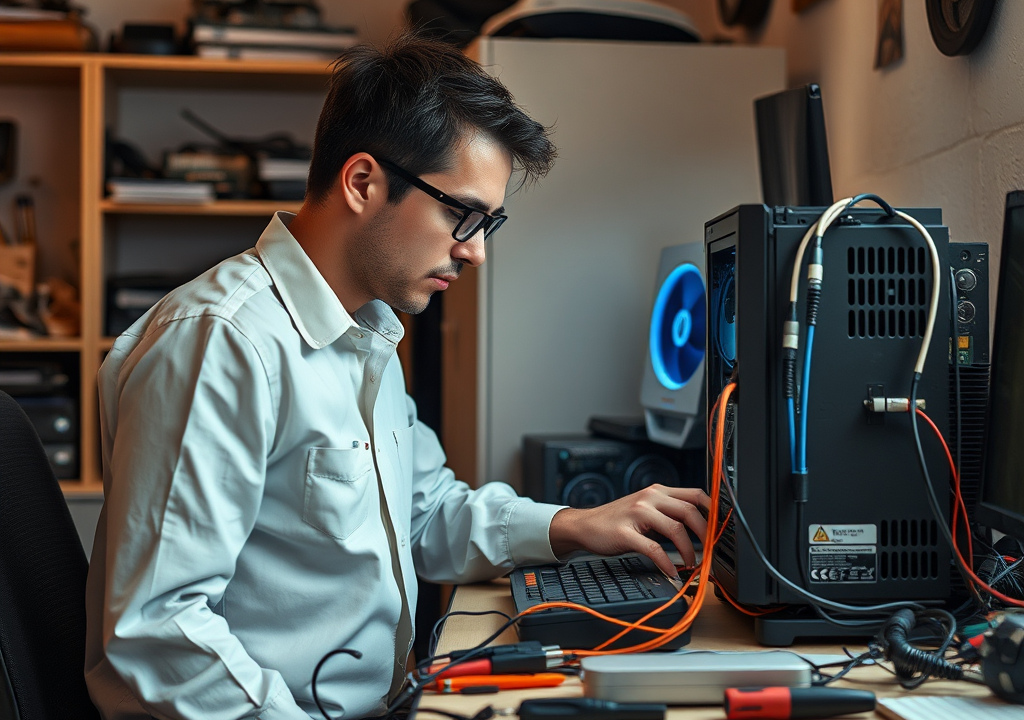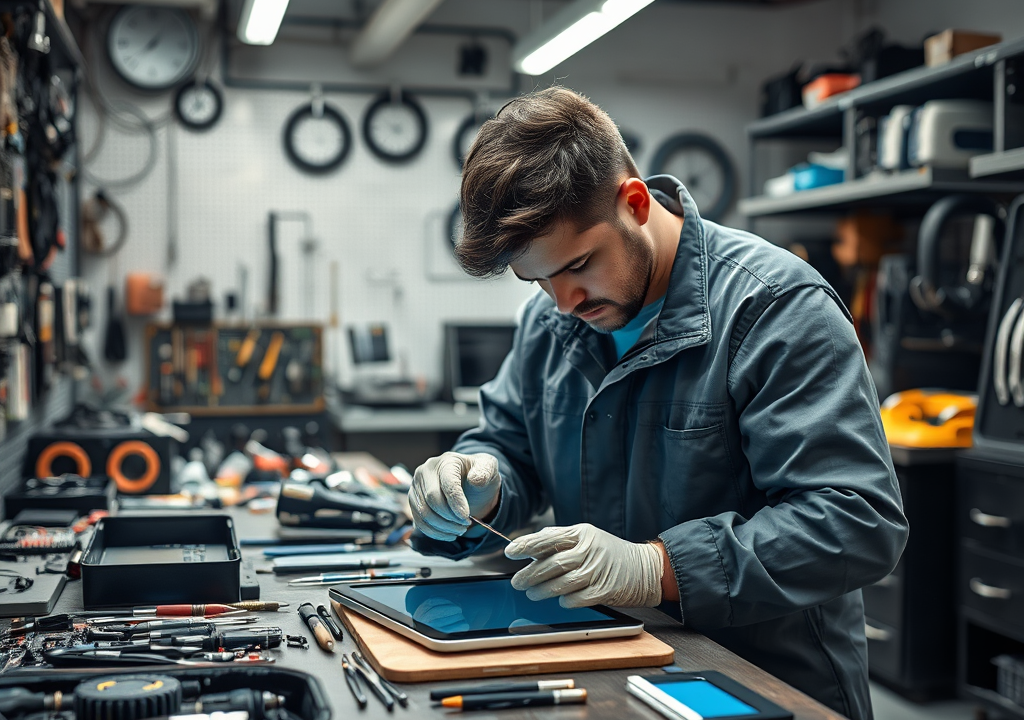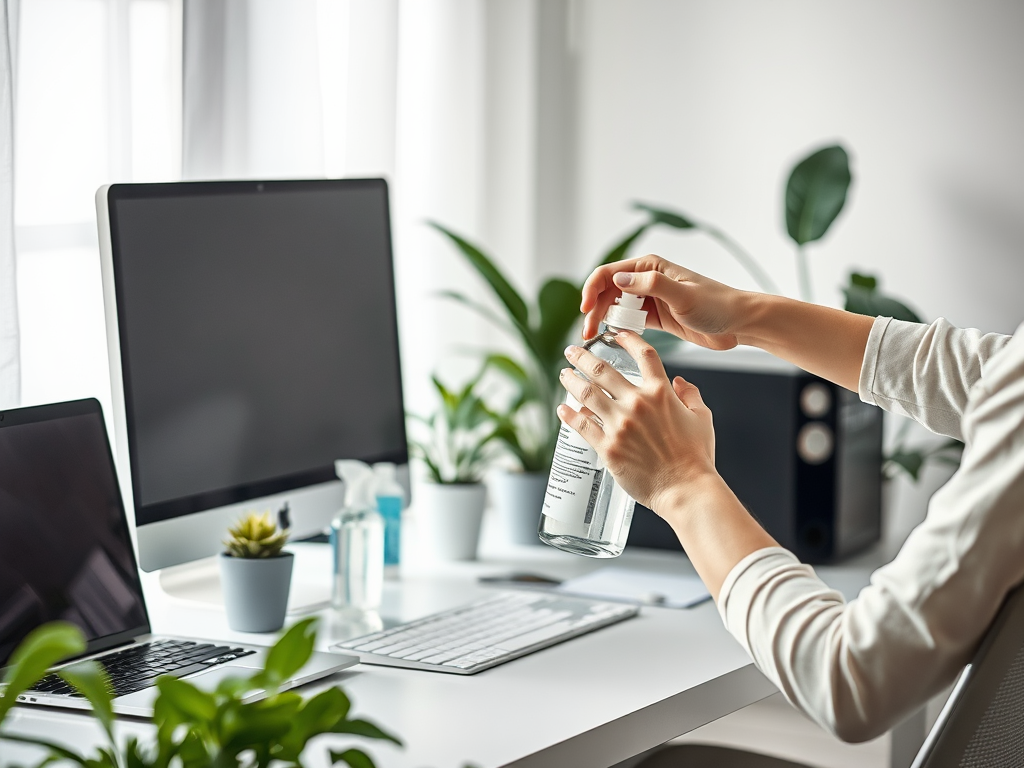Have you ever considered how much dirt, grime, and bacteria accumulate on your computer over time? Regular cleaning is essential to ensure not just the longevity of your device, but also your health. With the increasing reliance on technology in our daily lives, keeping our computers spotless has become paramount. In this guide, we will explore isopropyl alcohol, a powerful ally in the fight against dirt and germs on your devices. We’ll provide comprehensive insights on how to clean your computer safely, efficiently, and effectively using this common household product. Get ready to discover how to keep your devices pristine while ensuring your safety in the process!
What is Isopropyl Alcohol?
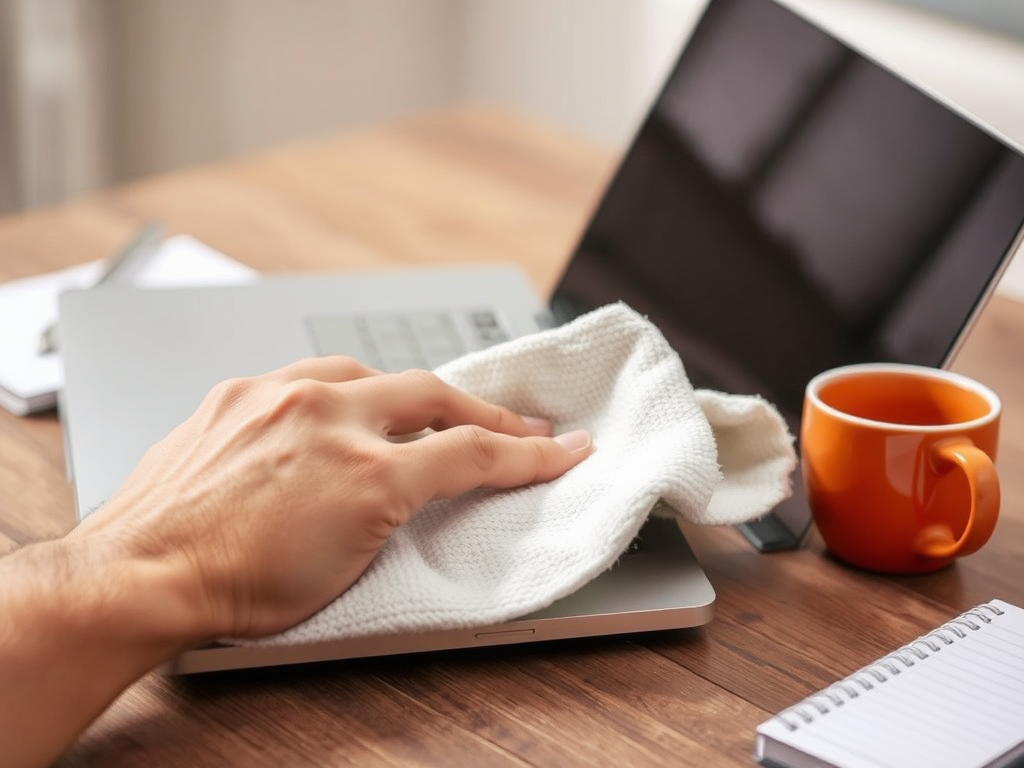
Isopropyl alcohol, or rubbing alcohol, is a colorless, flammable chemical compound with a distinctive odor. It is widely used in various applications, ranging from medical disinfectants to solvent cleaners. In cleaning, it acts as a potent agent against bacteria, viruses, and fungi, making it an ideal choice for sanitizing surfaces. The compound typically comes in concentrations ranging from 70% to 99%, affecting its effectiveness as a cleaning agent. The versatility of isopropyl alcohol makes it particularly appealing for cleaning electronic devices. However, the way it reacts with different surfaces necessitates understanding its proper use and safety precautions.
Benefits of Using Isopropyl Alcohol for Computer Cleaning
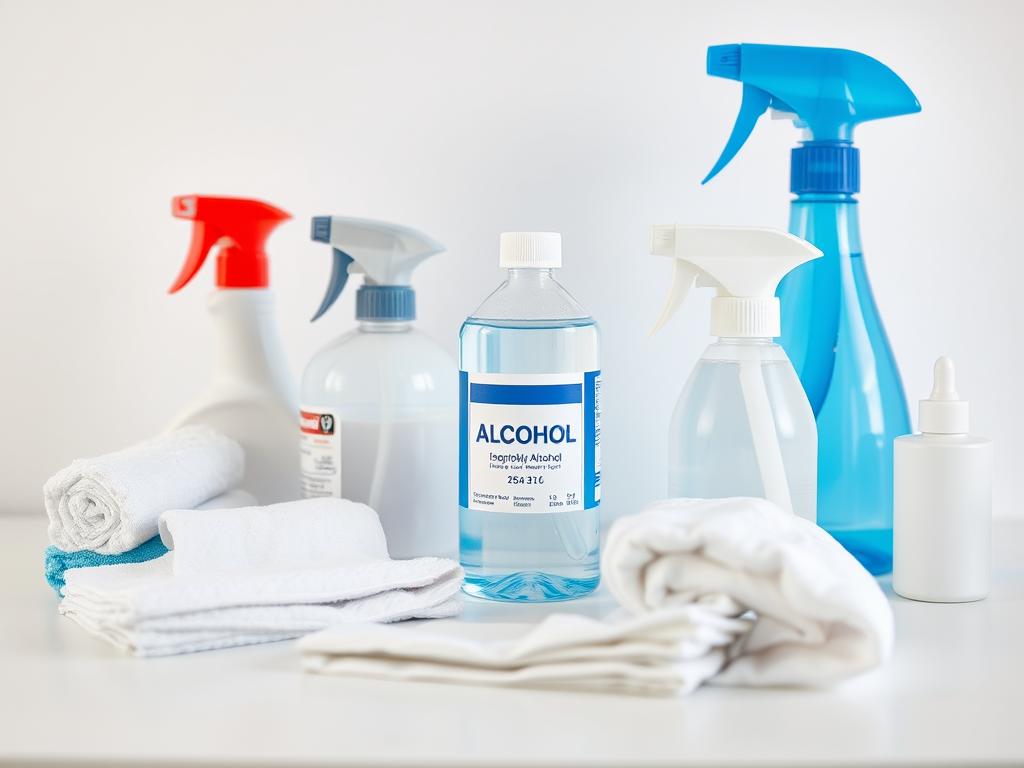
- Effective Disinfectant: Isopropyl alcohol effectively kills germs and bacteria on computer surfaces, creating a healthier workspace.
- Quick Evaporation: Its rapid evaporation rate minimizes moisture damage, making it suitable for electronic components.
- Versatility: You can use it on a variety of hardware such as screens, keyboards, and even internal components.
How to Use Isopropyl Alcohol for Cleaning Computers
Before cleaning, you need to prepare a workspace that supports both safety and effectiveness. First, gather all necessary materials, including isopropyl alcohol, microfiber cloths, and cotton swabs. Ensure that the area is well-ventilated to help disperse any vapors that might arise during cleaning. Turn off the computer and unplug it from the power source to eliminate any risk of electrical shock. This step is crucial as it ensures that you can work without worrying about an unexpected start-up. With everything organized, you’re ready to begin the cleaning process safely.
Recommended Concentrations
The concentration of isopropyl alcohol significantly impacts its application for cleaning. For general purposes, a 70% concentration is ideal as it contains enough water to slow evaporation. This prolongs contact time, effectively killing pathogens on surfaces. For cleaning sensitive areas, like internal components, a higher concentration (90% or above) can be used with caution to ensure no moisture lingers. The table below summarizes the recommended concentration levels for various cleaning tasks:
| Task | Recommended Concentration |
|---|---|
| General Surface Cleaning | 70% |
| Screen Cleaning | 50% – 70% |
| Internal Component Cleaning | 90%+ |
Cleaning Techniques
When it comes to cleaning, employing the right technique is essential to prevent damage. For example, when cleaning a screen, always apply isopropyl alcohol to a microfiber cloth rather than directly onto the screen. This prevents excess liquid from entering gaps in the device. For keyboards and mice, gently wipe surfaces using a cloth slightly moistened with isopropyl alcohol, followed by using cotton swabs for hard-to-reach areas. Internal cleaning, while not always recommended, can be done with significant caution. It is crucial to ensure that components have been disconnected and have sufficient time to dry before reconnection.
Safety Precautions When Using Isopropyl Alcohol
While isopropyl alcohol is an effective cleaning agent, several safety precautions must be observed during its use. First, always ensure adequate ventilation in your workspace to allow any potent fumes to disperse. Open windows or switch on fans to improve airflow. Avoid using isopropyl alcohol near open flames, as it is highly flammable and can pose a significant hazard. Proper storage is essential: keep isopropyl alcohol in a cool, dry place, away from heat sources and out of reach of children. This reduces the risk of accidents significantly.
Conclusion
Using isopropyl alcohol for computer cleaning can be effective and safe if done correctly. Its powerful disinfecting properties make it an invaluable tool for maintaining cleanliness in a world where our devices are often our lifelines. Remember the importance of proper cleaning techniques, appropriate concentrations, and safety precautions. With these guidelines, you can keep your computer not just clean, but also functioning optimally for years to come. Prioritize regular cleaning sessions, and your health—and your device—will thank you for it!
Frequently Asked Questions
- Is isopropyl alcohol safe for all computer components? Yes, but it’s essential to check the manufacturer’s recommendations before use, especially for delicate parts.
- What concentration of isopropyl alcohol should I use? A concentration of 70% is generally recommended for most cleaning tasks.
- Can I use isopropyl alcohol on my laptop screen? Yes, but it’s advisable to dilute it with water and use a microfiber cloth to avoid scratching.
- How quickly does isopropyl alcohol evaporate? Isopropyl alcohol evaporates rapidly, usually within a few seconds, minimizing the risk of moisture damage.
- What should I do if I spill isopropyl alcohol on my computer? Immediately turn off the device, disconnect it from power, and dry it thoroughly before attempting to turn it back on.
